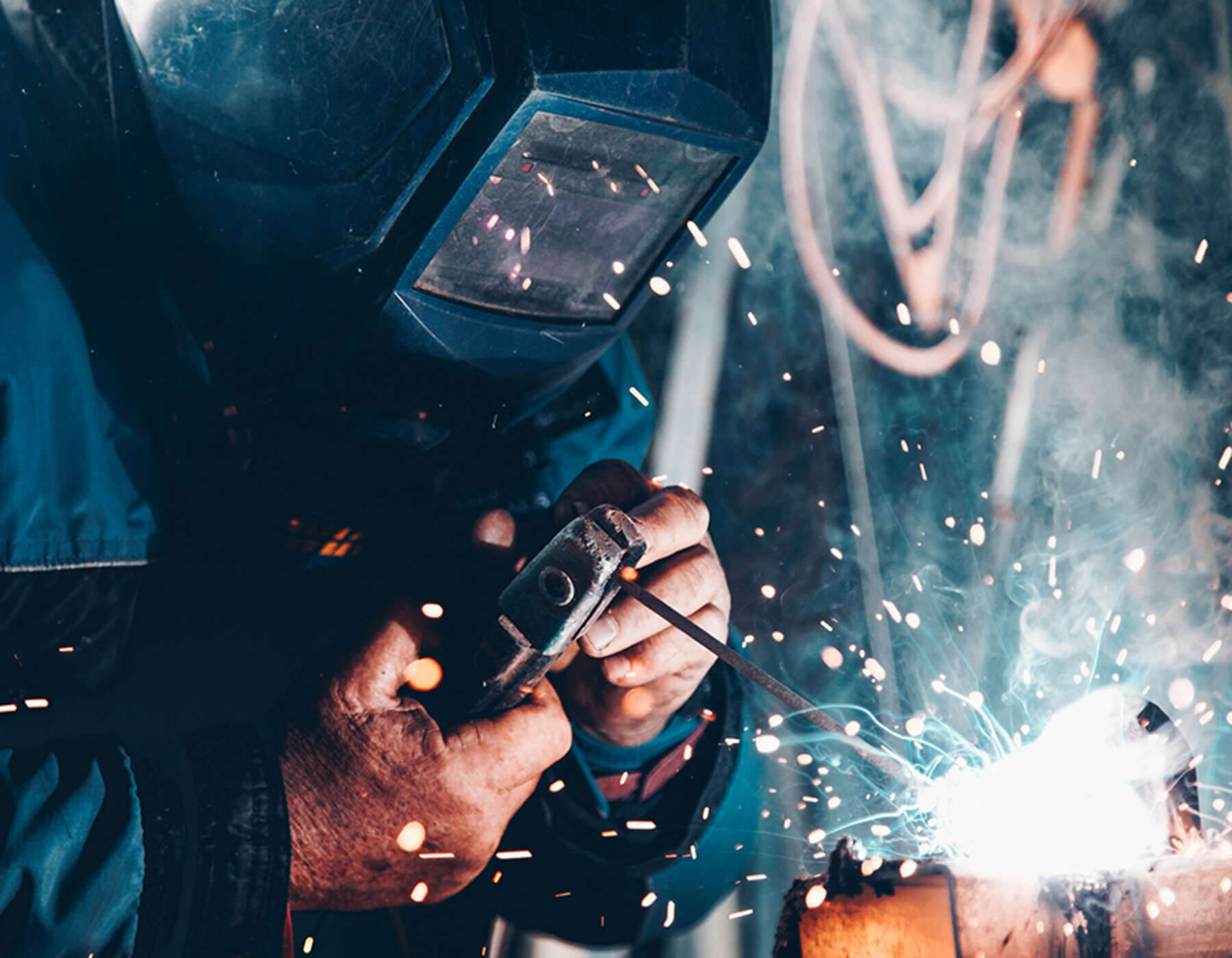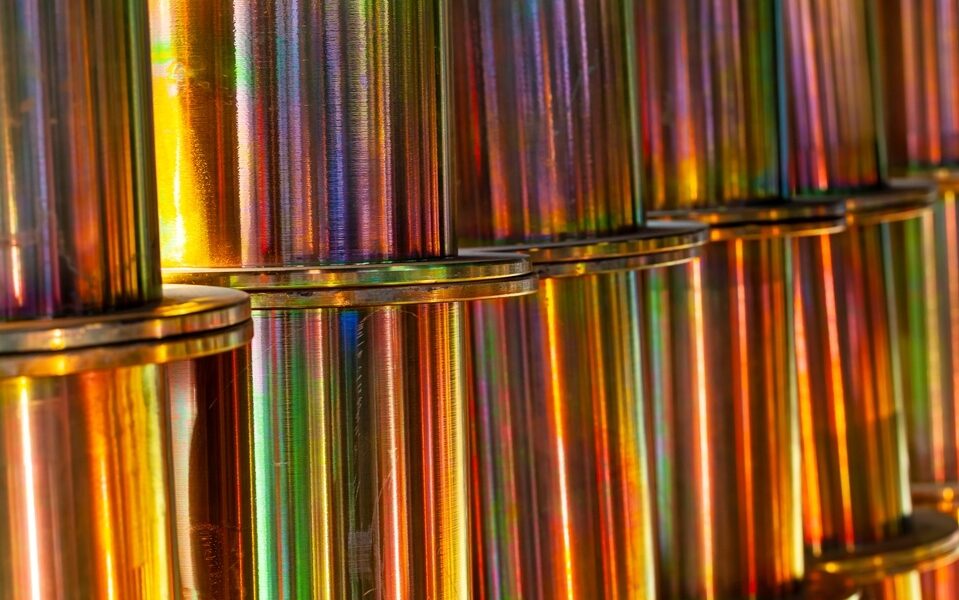
We use metal finishes to improve a metal product’s overall appearance, boost its performance in various areas, and offer corrosion and wear resistance when placed in specific circumstances.
It is the area of finishing that forms a big part of our sheet metal fabrication services, where we pride ourselves in providing a complete metal fabrication solution that includes various finishing techniques and applications.
One such technique is anodizing.
A popular finishing choice, where you can thicken the metal layer of natural oxide, providing a layer of film (anodic oxide) that offers numerous benefits, which we will explore further in this post.
Anodizing Metal
The technique of anodizing is mainly used on aluminium (one of the most widely used metals in various sectors globally), however it can, in certain situations, be suitable for titanium and magnesium (our team will work with you to discuss the best finishing technique and application for your metal).
Adding an extra layer to the metals surface, there are three varying ways to carry out anodizing:
- A very thin layer of oxide is created on the surface using chromic acid.
- A thicker layer of oxide is produced using sulfuric acid, making the aluminium suitable to be put through a colouration process.
- This is the same as Type 2 above; however, here you can create much thicker and larger layers. Type 3 is also known as hard anodizing.
Each type of anodizing serves a specific purpose, and you must choose the solution that best fits your needs.
Anodizing Process
The anodizing process is highly intricate, and we would always recommend working with specialist sheet metal fabricators to achieve the best and the highest quality outcome.
First, you will need to prepare the surface by cleaning thoroughly and removing any impurities; then, the anodizing process can begin.
Anodizing is an electrochemical procedure that coats the metal with an oxide sulphate layer that makes it resistant to wear and corrosion while maintaining the appearance of the metal.
Anodizing the metal starts with submerging the aluminium in electrolytic containers, causing positive and negative ions to be released from the chemical solution (containing chemical compounds such as sodium phosphate) and released from the aluminium.
This reaction results in aluminium oxide forming on the metal’s surface, providing a durable, protective, and robust finish.
After anodizing, you can then colour and seal to finish.
When carrying out the anodizing process, you will need to consider the following:
- Time
- Voltage
- Electrolyte composition
- Density
- Temperature
- Pre-treatment
- And more
Sheet metal services consider all of these areas, altering and changing these to achieve varying levels of hardness, colour, porosity, thickness, and corrosion resistance.
Benefits of Anodized Metal
Durable – as anodized metal provides you with corrosion and abrasion resistance, its lifespan is also increased. This high level of durability also makes it easier to install and handle.
Metal will be free from chipping, peeling, or cracking, adding to its long lifespan.
It can be used as a viable insulating material.
Aesthetically pleasing – adding colour to your metal, you can create any look with a smooth and polished finish. However, please note that achieving this professional and pleasing look does require a high level of expertise to get it just right.
Environmentally safe – anodizing uses non-toxic chemicals so the process will emit very little harmful effects to the environment.
Cost – linked to the metal’s increased durability, maintenance is reduced, hence reducing long-term costs. The process of anodizing for all technical is also incredibly low cost.
To provide you with all the information to help you make the best decision for your metal fabrication project, there are some disadvantages to be aware of with anodizing.
These include:
Anodizing can and does create dimensional changes due to the layers of thickness added to the metals surface.
As dimensions change, you must also be aware of changes in tolerances and account for these in designs and calculations.
We would also make customers aware that the hardness of the metal will increase beyond typical base metals, and while this can be advantageous, it will depend on the application.
Colour matching can also be challenging, and 100% perfection cannot always be achieved.
In addition, depending on what the metal is exposed to, there is also the risk of colour fading.
You may also see conductivity changes as the metal increases its thermal and electrical resistance (there is a workable solution to this depending on your requirements, and your sheet metal fabricator will be able to help support you in this area if required).
Aluminium components can not be fully anodized as the metal can’t be 100% fully submerged in the chemical solution.
We also take a look at Chrome Plating in one of our more recent posts, showing the other types of finishes available and the pros and cons of using each for your metal fabrication requirements.
Sheet Metal Fabrication
Sheet metal that has been through the anodizing process is used within the construction, aerospace, and consumer goods industry. Used on building exteriors such as roofs and curtain walling, and consumer goods such as smartphones and laptops.
At Morfabrication, we work with businesses across a range of industries to provide a metal fabrication service that is second to none.
To see how we can support you with your next fabrication project, call us today at 0191 816 2718 or email your requirements to info@morfabrication.com

